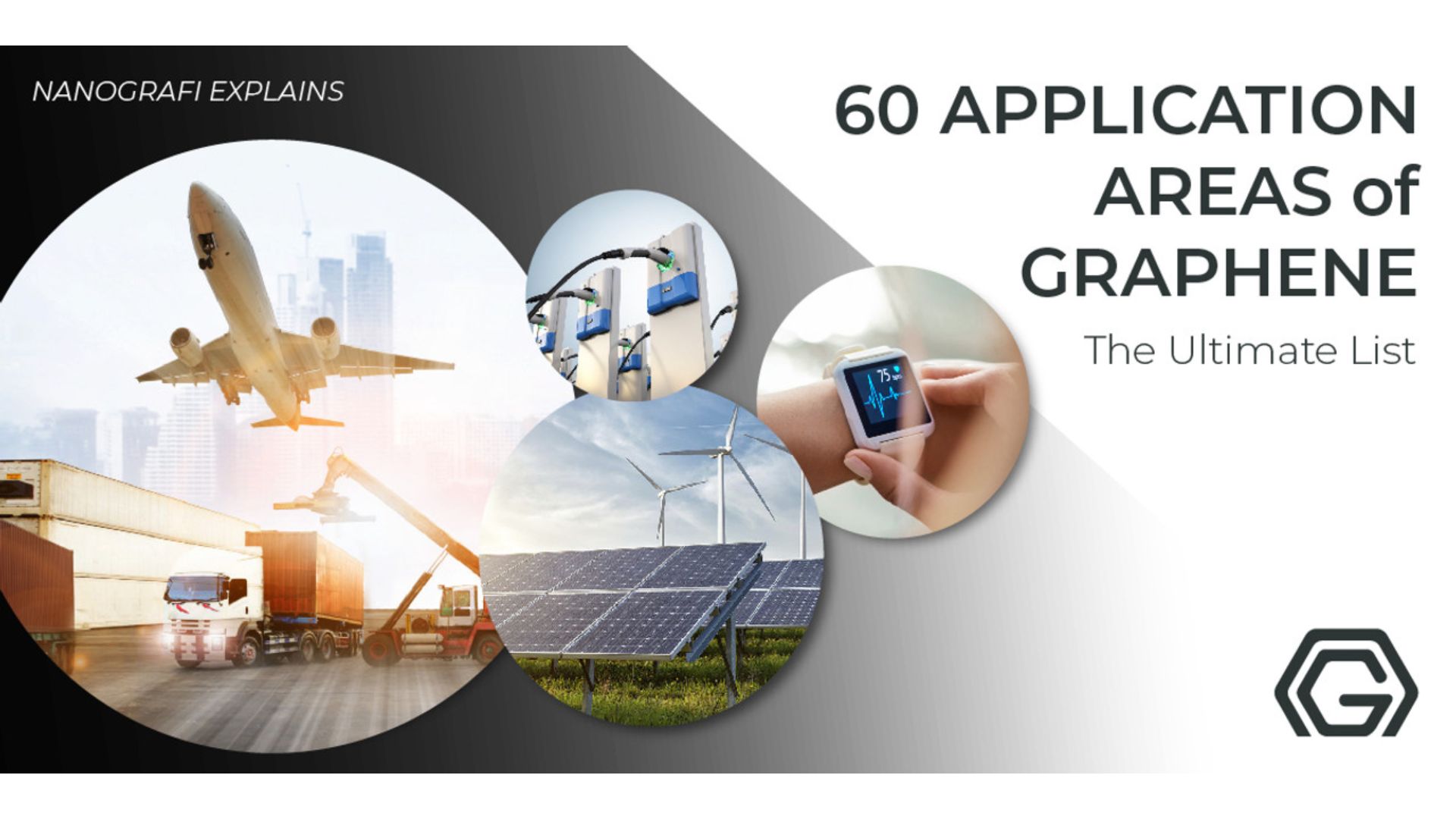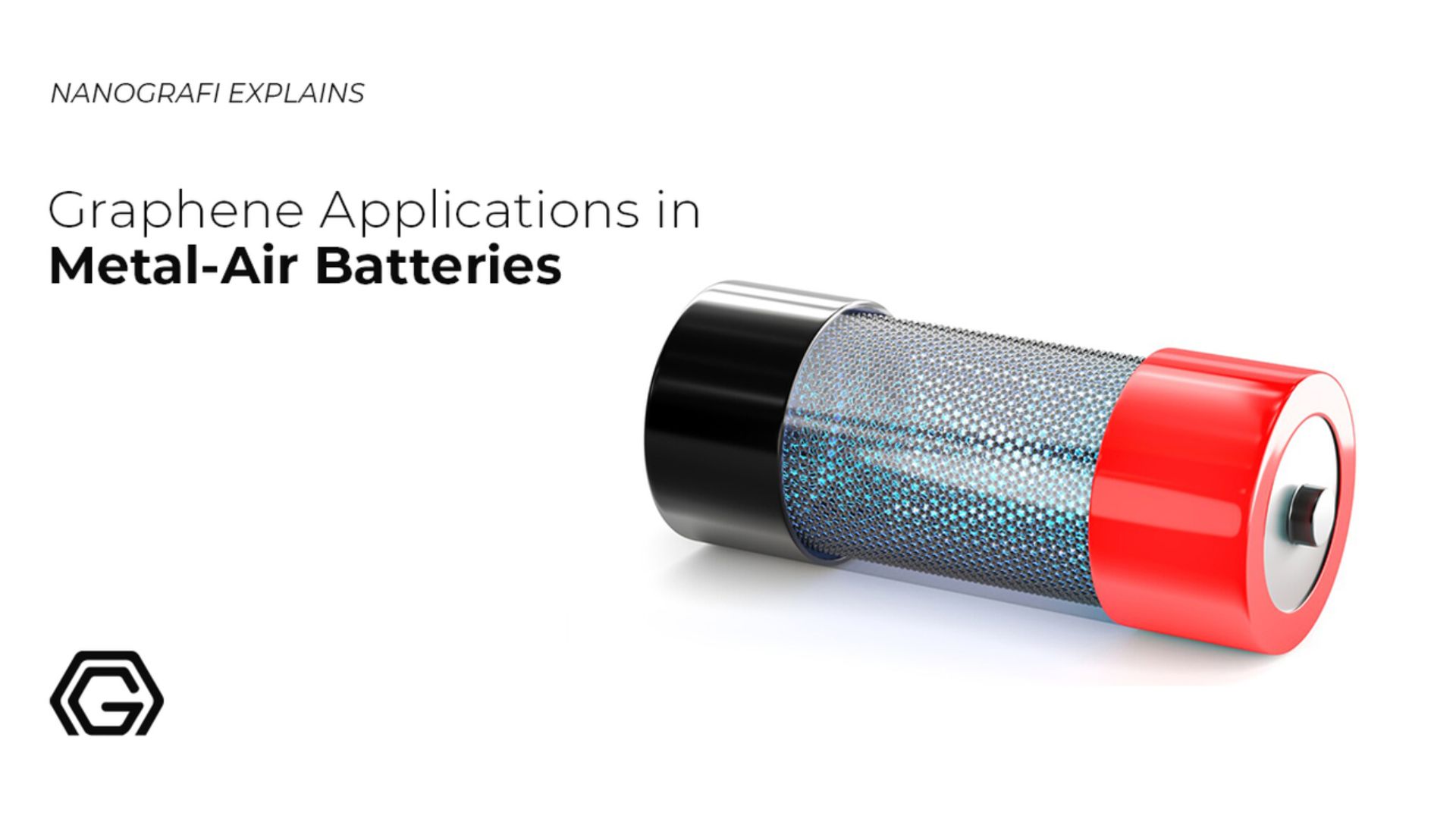Graphene Solar Battery
Surely you must have heard before that graphene batteries are described as the future of batteries.
Not only for its duration and its characteristics but also for having different potential uses that will help improve all technology. Graphene is nothing more than a pure carbon sheet with only one atom thick and is distributed following a regular hexagonal pattern.
Introduction
With this material, you can build batteries with much more durability than what we know of lithium. This article explains what graphene batteries are and what are the advantages concerning the rest of the batteries that we know today.
Graphene
Graphene is 100 times stronger than steel. Its density is very similar to that of carbon fibre. The main advantage it has includes five times less weight than aluminium. It has a two-dimensional crystal with unique properties that makes it easy to synthesize in different ways. This makes it easily adaptable to different situations and moulds.
The so-called "supermaterial of the future," graphene, is one of the key components for the development of current technology. The Solar energy and graphene form a pair that will revolutionize energy very soon.
The expectations generated by graphene are being enormous, and there is no doubt that it has exceptional properties that, in principle, could mean a true technological revolution due to its specific characteristics.
Research from the Technological Institute of Energy (ITE) is focusing on the development of new materials and energy storage systems through the eGRAF project. This project investigates the preparation of graphene-based materials while looking for suitable structural characteristics for application in the field of photovoltaic energy.
"Graphene is a material with extraordinary properties capable of bringing improvements to the new generation of energy production and storage devices," explain ITE sources.
The first phase of the eGRAF project has advanced in the selection and characterization of graphene materials to serve as active material in the development of sensors and electrodes in batteries and supercapacitors.
The researchers point out that in order to meet current energy needs, it is "vital" to be able to develop economical and intelligent power generation systems. These must be able to respond to external stimuli (pressure, friction, liquid flow, temperature, etc.), as well as create energy storage systems with greater capacities. Also, they are searching for custom-made functions (deformable, response to a stimulus, sensors, etc.).
Advantages of Graphene
We are going to analyze the main advantages that the use of this type of batteries can suppose. As a curiosity, we will say that this type of material is not recent. It has been known since 1930, but research was abandoned because it was unstable material. Later in 2004, it returned and has been classified as the material of the future.
These are its main advantages:
- Its hardness is high. A has a hardness 100 greater than that of steel despite being elastic and flexible.
- Graphene has multiple properties, such as being transparent, elastic, flexible, and easy to carry for all kinds of applications.
- It could serve as a medicine against cancer.
- It is capable of conducting electricity and temperature, so its uses can be very wide.
- With a graphene battery, it is estimated that the battery of a mobile phone could be charged in just 5 minutes.
The advantage Graphene Solar Batteries offer compared to other common batteries is that they allow working at higher temperatures making it a perfect solution to improve the useful life of batteries in electric cars. This adds a further advantage of making the electric car not charging all night since it has enough capacity not to waste energy during the journey.
As for the cost, they offer various possibilities for a fairly competitive price in the market. They are even cheaper than other common batteries that we find in the markets today. If we analyze the advantage offered by making it necessary to charge the electric vehicle at night, we see that in the long term, it represents a quite significant saving.
To get more information about applications areas of graphene,
you can read our blog post here.
Graphene Batteries
Graphene batteries are those that promise longer life, higher performance, and a lower price. They also stand out for less impact over time, so they have a much longer useful life than normal batteries.
Among its main characteristics, we can say that they are a modern alternative in ecological terms that promises an ideal solution to optimize the use of energy and electronic devices. These batteries are still in the process of full development to be able to present a definitive version. If we analyze it from an ecological point of view, it will help us to reduce the environmental impacts since they are more powerful, efficient and with a longer useful life over time. Having a longer useful life will help us reduce the number of raw materials that we use in our products. This way, we won't have to replace batteries as quickly.
Applications of Graphene Batteries
We are going to analyze the different applications that we can have with this type of battery:
- Mobile devices: it is one of the most important applications that can be given to this type of battery. With improved performance of mobile operating systems and screen quality, battery life is reduced. Therefore, the development of graphene batteries to increase the battery life of a mobile phone can be a great option to compete in the market. This is not only aimed at mobile phones but also tablets and other electronic devices.
- Watches: The evolution of smartwatches makes it necessary to have a longer battery life to benefit performance.
- Electric vehicles: due to its characteristics, the power could be increased, and there would be more durability so that the energy could be used to the maximum and costs is reduced.
- Bracelets, headphones, and gadgets: one of the advantages that graphene offers as a high-performance material is that its small size makes it adaptable to all kinds of places, which is why they fit into a whole range of varieties of gadgets.
The graphene materials used in the new developments have been characterized by analytical, spectroscopic, and microscopic techniques. These techniques have allowed us to know its physicochemical characteristics, composition, and morphology. In this way, there is an analysis of the fingerprint of the graphene before it is integrated into the device, according to ITE researchers.
In addition, thermal stability tests have also been carried out by characterizing the material. In parallel, work has been carried out to deposit thin and transparent films of these materials on arbitrary substrates, which will act as a sensor, evaluating their uniformity and electrical conductivity.
Also, graphene has been integrated into the electrode compositions for batteries, optimizing the preparation process and studying its most appropriate proportions, in search of applications of solar energy and graphene.
Technological Institute of Energy (ITE) has a line of research focused on the development of polymeric and carbonaceous materials applied to the development of energy generation and storage systems. "With the use of a novel nanomaterial with extraordinary properties such as graphene, it is intended to go one step further in improving this type of device," they explain.
To get more information about the battery applications of graphene,
you can read our blog post here.
Solar and Graphene Panels
Silicon heterojunction technology emerges as a potential low-temperature solution since these are devices with excellent performance and low energy consumption in their manufacture.
One of the advances in this technology requires the development of a new transparent front electrode architectures that allow the current to be extracted from the device more efficiently.
In this sense, the use of graphene, the strongest material is known in nature, attracts great interest. It is thought to be a substitute for even such important materials as silicon itself in some applications.
The expectations generated for this material are being enormous, and there is no doubt that it presents exceptional properties that, in principle, could mean a true technological revolution due to its specific characteristics.
These are identical installations to current photovoltaic plants, capable of transforming sunlight into a constant flow of electricity, which has a layer of graphene in its coating.
The Positive Advancement of Solar Energy And Graphene
The first results obtained reveal that the optoelectronic properties of the transparent graphene-based electrode depend dramatically on the order in which the atomic graphene layers are found.
So much so that sheet resistance values of 55Ω / Sq has been obtained when graphene is placed on top of the electrode, and 150Ω / Sq, when graphene is located on the back of the electrode (covered by transparent conductive oxide).
Regarding its optical properties, it has been observed that the transmittance of the set is not affected by the position of the graphene. The comparison of the spectral reflectance with and without graphene transferred in the upper part, allow us to determine a significant reduction in this value, essential for the device, thus validating the new architecture.
These electrodes will be applied in the very near future on a silicon heterojunction photovoltaic device. All this with the intention of turning into reality the use of one of the most promising materials that exist, also contributing to the improvement of the generation of clean and sustainable energy.
Previous Experiences of Solar Energy And Graphene
Chinese researchers have done the research to link solar energy and graphene. The result has been a novel device.
The mechanism is as follows: Rainwater contains, among other things, ammonium, calcium, and sodium ions, which react with graphene to form what experts in power electronics call a supercapacitor. The potential difference between the graphene layer and the water layer is so great that an exchange of electrons occurs when rain hits the solar panel.
In their calculations, the scientists explain that the performance of the panel on sunny days would be 7% (the graphene layer reduces efficiency on sunny days, which in the normal panels already reaches 20%), while its generating capacity from the rain would be several hundred microvolts.
That makes the initial design and unfeasible solution in today's market. However, if scientists were able to improve their operation, this type of installation could perhaps complement conventional photovoltaic parks in areas with fewer hours of sunlight and receiving more rainfall.
Conclusion
Thus, Graphene Solar Batteries are incredible and will revolutionize the energy sector. Graphene is said to be the building tool for almost everything in the future. Its properties are impressive; it is not only very resistant, but it also conducts electricity very well. A layer of graphene, barely an atom thick, is enough for electrons to move freely across the surface of photovoltaic panels. It is being said that lithium batteries are out of date. This new technology improves the batteries, which will make the user more autonomous and reliable. Hopefully, soon we can enjoy the efficiency of graphene batteries.
To get more information, you can visit Blografi.
References
http://www.ite.es/project/egraf/
https://www.engineersaustralia.org.au/News/graphene-solar-panels-work-rain-or-shine
https://www.pocket-lint.com/gadgets/news/130380-future-batteries-coming-soon-charge-in-seconds-last-months-and-power-over-the-air
https://www.sciencedirect.com/science/article/pii/B9780081019771000089
Recent Posts
-
Advanced Materials for Unmanned Aerial Vehicle (UAV) Protection Against Laser
Consider a UAV on a critical mission, rendered inoperative by a sudden laser attack. With the increa …26th Jul 2024 -
Simulation and Modeling of Material Properties
Our world is composed of a dazzling array of materials, each with its own unique properties that dic …19th Jul 2024 -
Advanced Coatings for Superior Corrosion and Wear Resistance
Corrosion and wear pose significant challenges across various industries, leading to substantial eco …12th Jul 2024








